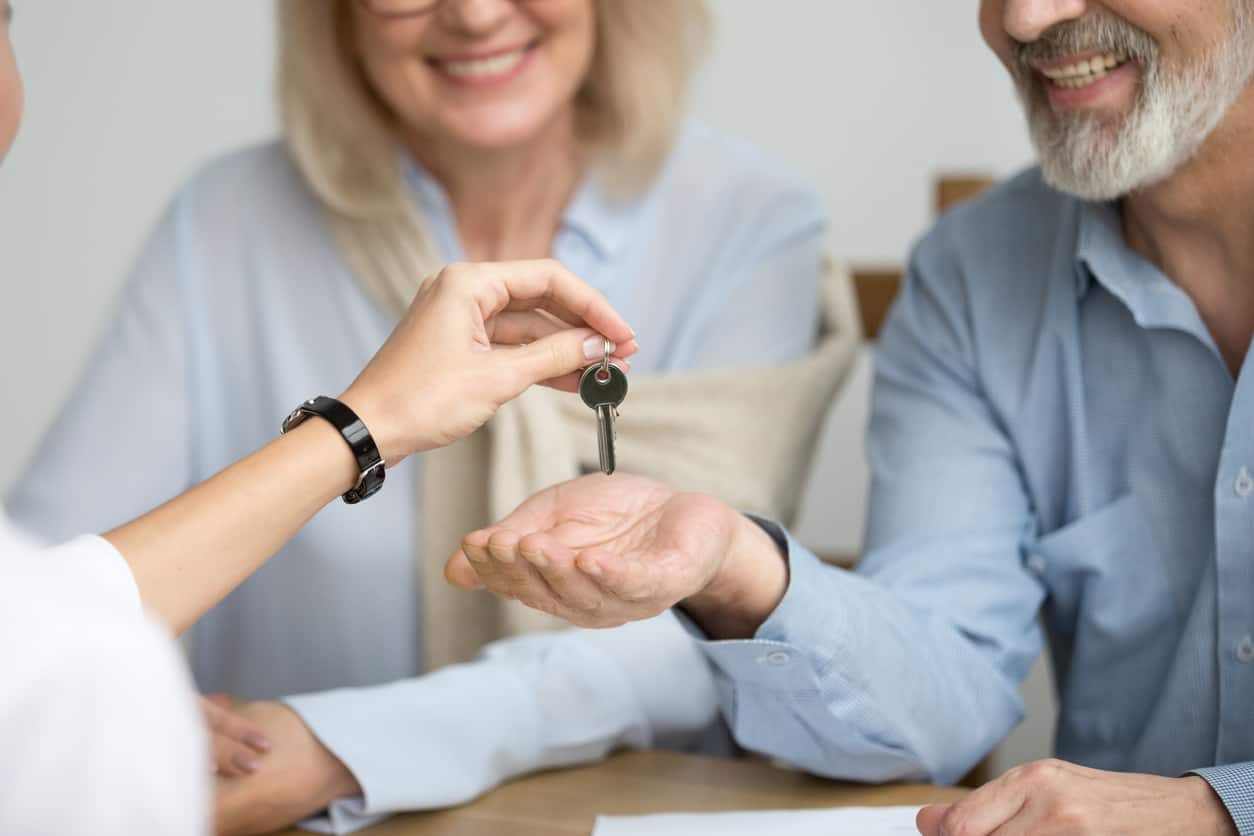Use our free stamp duty calculator
Stamp duty: Everything you need to know
If you’re new to paying stamp duty, we’ll help you understand exactly what this tax is and how much you could be expected to pay.
We’ve compiled this helpful list of FAQs to help equip you with the knowledge you need before you purchase a UK property.
-
What is stamp duty?
The amount of stamp duty you have to pay will depend on the purchase price of your property, with different thresholds determining whether you pay a higher or lower stamp duty surcharge.
As of 1st April 2025, stamp duty must be paid on properties purchased for more than £125,000 unless you’re eligible for first-time buyer relief.
First-time buyers pay no stamp duty on properties purchased for less than £300,000 and pay a discounted rate on properties costing up to £500,000.
Stamp duty applies to both freehold and leasehold properties and must be paid regardless of whether you’re buying the property outright or with a mortgage.
-
How much is stamp duty?
The current stamp duty rates in England and Northern Ireland are as follows:
Property or lease premium or transfer value SDLT rate Up to £125,000 Zero The next £125,000 (the portion from £125,001 to £250,000) 2% The next £675,000 (the portion from £250,001 to £925,000) 5% The next £575,000 (the portion from £925,001 to £1.5 million) 10% The remaining amount (the portion above £1.5 million) 12% These rates are based on where your property falls within HMRC’s stamp duty bands.
-
What is the first-time buyer stamp duty rate?
First-time buyers are exempt from stamp duty on properties purchased for less than £300,000, making it more affordable for this demographic to access the housing market.
First-time buyers pay 5% stamp duty on the portion of the property price between £300,001 and £500,000. Those buying homes for more than £500,000 will be charged at the normal stamp duty rate.
-
How much is stamp duty on second homes and buy-to-let properties?
Stamp duty on a buy-to-let property or second home is charged at an additional 5% on top of the standard stamp duty rates. You will not have to pay extra stamp duty if your additional property is a caravan, mobile home, or houseboat.
The additional surcharge also applies if you purchase a new residential property before you’ve sold your previous one. This is because, even if only for a short period of time, you will own two homes. In these circumstances, you might be able to apply for a refund of the higher stamp duty rates you paid when you purchased your new home.
The 5% surcharge also still applies if:
- Your main home is abroad but the second home you buy is in the UK.
- Your second home/investment property is purchased via a limited company.
-
Can I get a refund if I've paid the higher rate of stamp duty?
If you buy a new home but are unable to sell your previous home straight away, you may have to pay a higher stamp duty rate because you will own two properties.
However, if you sell your old home within three years of purchasing your new one, you might be eligible to apply for a refund on any additional stamp duty you paid during this period.
You must meet the following criteria to be eligible for a refund:
- You sell your previous home within three years, and
- You claim the refund within 12 months of selling your previous home, or within 12 months of filing your stamp duty tax return (whichever of these is later).
-
When is stamp duty payable?
You’ll need to file a stamp duty land tax return and pay the amount due within 14 days of purchasing your new home.
Failure to do this within 14 days may result in HMRC charging you penalty fees and interest.
-
Who is exempt from stamp duty?
In certain scenarios, you may be exempt from paying stamp duty land tax. Some examples of where stamp duty might not be payable include:
- When the property is transferred to a spouse or partner during a separation or divorce.
- When you transfer the deeds of your property to another person as a gift.
- If you are a first-time buyer and your home was purchased for less than £300,000.
-
What are the rates for non-UK residents?
This surcharge applies to non-resident buyers regardless of whether the buyer is a company or an individual, although a few specific collective investment vehicles (such as real estate investment trusts) are exempt.
The surcharge for non-UK residents is levied in addition to the 5% second home/buy-to-let charge, the flat 15% stamp duty rate on purchases of property valued at more than £500,000 by companies acting as ‘envelopes’, and the existing stamp duty rates for home buyers.
If you’re an overseas buyer, get in touch with BuyAssociation today for more information on stamp duty and other property taxes, or to find out about our latest property investment opportunities.

GET IN TOUCH
Join over 30,000 property investors
Access advice and unique property investment opportunities directly from leading developers throughout the UK

